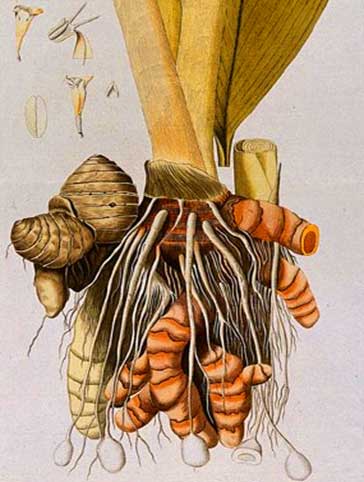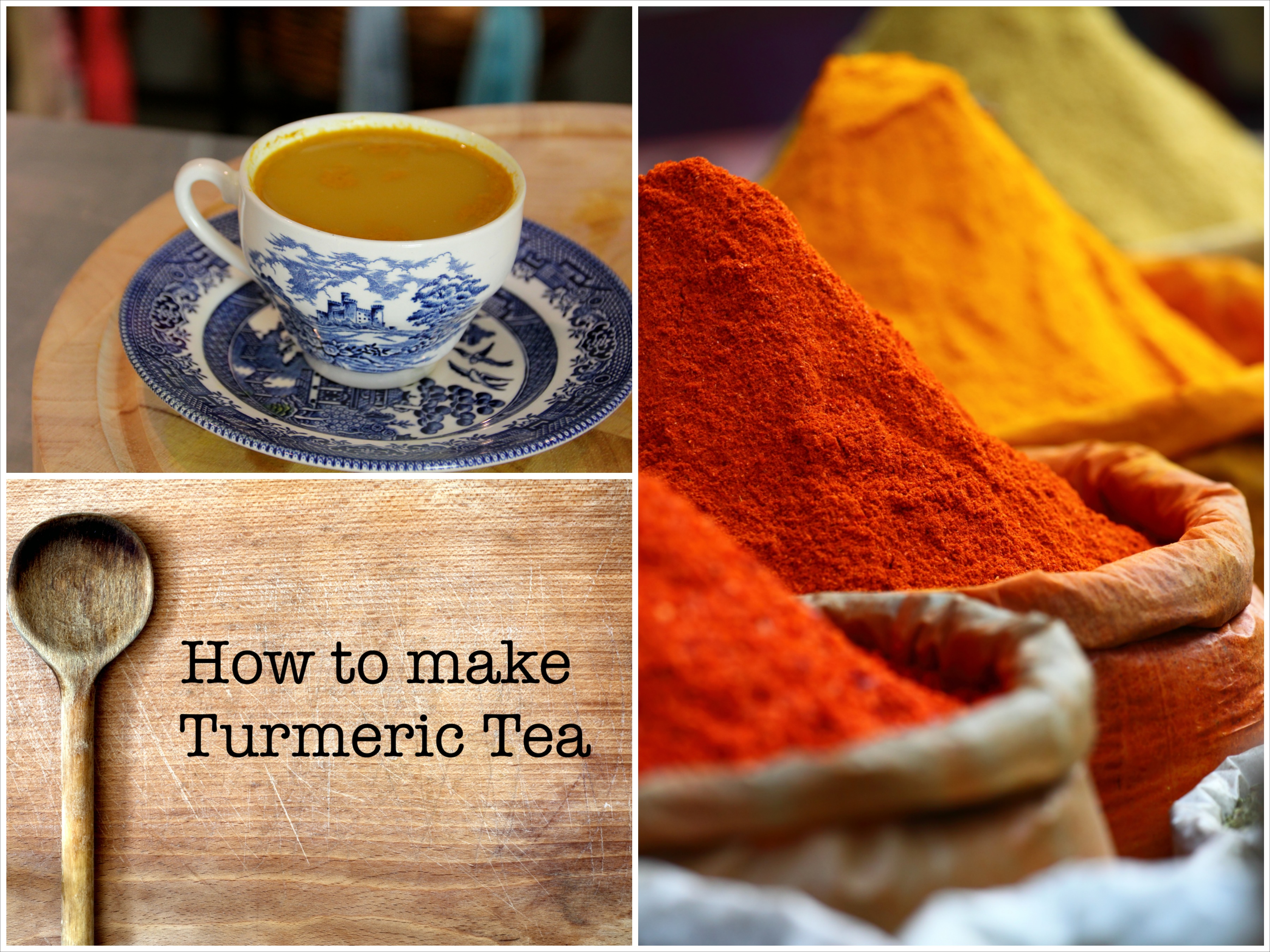Native to southern Asia, turmeric is a perennial with long bladelike leaves. The root of this plant is where the common turmeric ingredient is sourced. The rich orange flesh of the root is wrapped in a tough brown skin, concealing the sweet and warming essence. Also known as Indian yellow ginger, turmeric is well known for its popular appearance in flavoring Asian cuisine. Regardless of its common use and reputation, turmeric is used internationally for all different purposes. In Asia, turmeric is a commonly used ingredient in cosmetics, particularly in the formation of sunscreen. In southern India, this root is eaten raw, aiding in the digestion of fats and protein. In northern India, turmeric is used in traditional wedding ceremonies to protect the bride and groom from “the evil eye”. All the while, shepherds in Nepal anoint “the third eye” with turmeric paste before going out into the high mountains. This anointing promises protection, blessing and success. Research on turmeric has demonsrtaed it to be a stronger anti-inflammatory than hydrocortisone, to be effective at lowering cholesterol, and increasing bile flow thereby improving the action of the liver and gall bladder leading to better nutrient absorption. In the United States, turmeric is being researched as an antioxidant, weight loss substance, and an aid in surgical recovery. Regardless of where you live and how you use it, turmeric is an herb rich and plentiful in its healing properties, and well worth adding into your life on a daily basis

MATERIA MEDICA: TURMERIC
Latin Name: Curcuma longa Family: Zingerberaceae (Ginger Family) Part used: Rhizome Energetics: Pungent, sweet, warm, dry Actions: Antifungal, anti-inflammatory, antioxidant, antimicrobial, antiseptic, aromatic, choleretic, circulatory stimulant, hepatotonic, hypoglycemic, stimulant, vulnerary and more! Uses:- Arthritis
- Asthma
- Bloating
- Cancer
- Common Colds
- Flatulence
- Flu
- Elevated Cholesterol
- Jaundice
- Nausea
- Uterine Tumors




